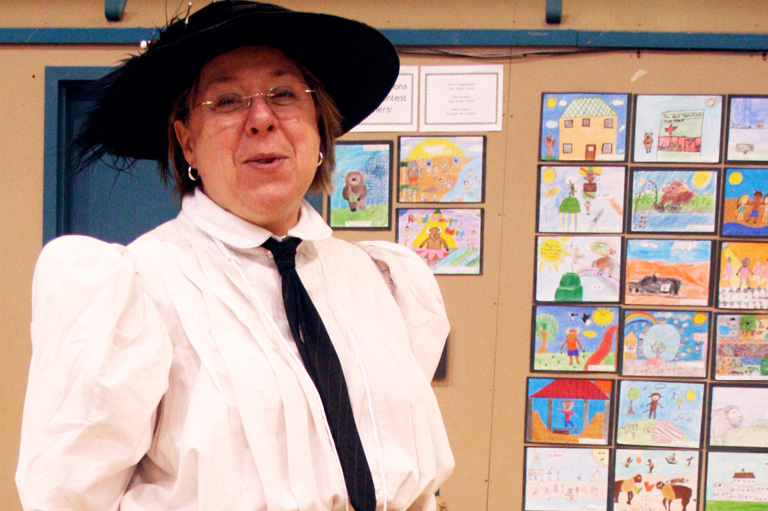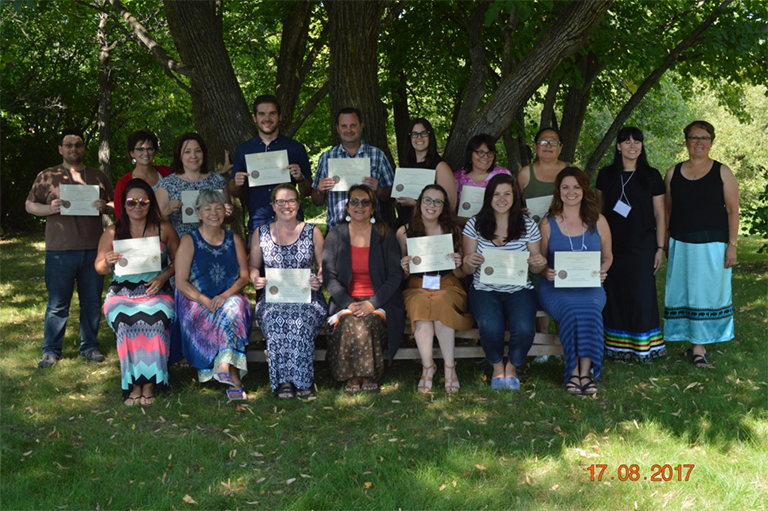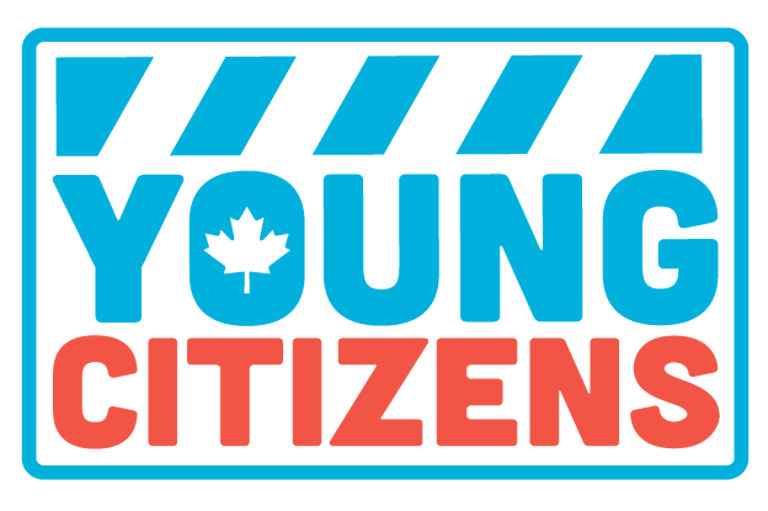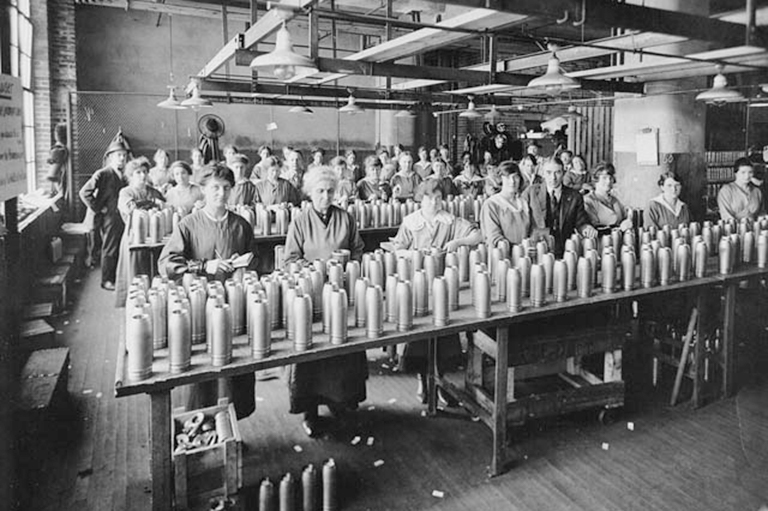Historic Occasion
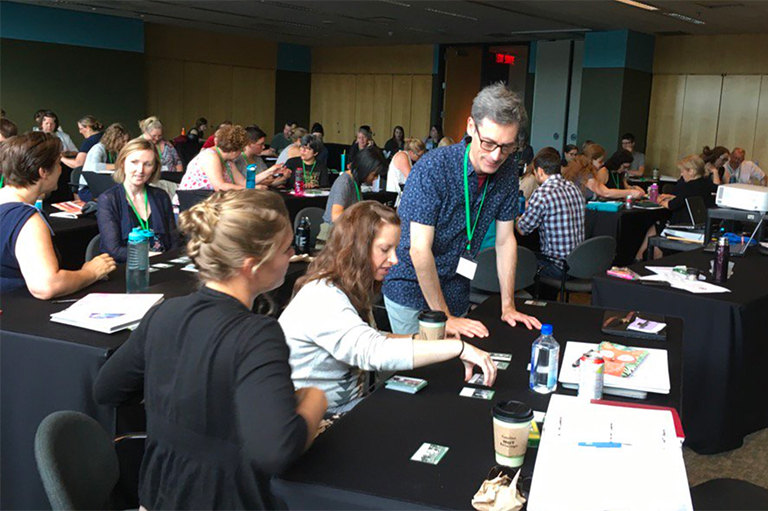
The Historical Thinking Summer Institute is an annual week-long course that aims to introduce participants to “historical thinking concepts.” The idea is that studying these concepts — which include approaches to source and evidence, cause and consequence, perspective-taking, and ethics — can help teachers and public historians alike to develop compelling and rigorous history courses or programs. As a recent graduate of the Public History Master of Arts program at Ottawa’s Carleton University (capping off a seven-year stint of studying history), I was keen to attend the July 17–22, 2017, conference, and to learn exactly how we were going to delve into such complex topics … in just one week.
Well, the mighty task started with a reasonably sized list of assigned readings, featuring popular and academic articles, as well a choice between three books, including Dr. Peter Sexias and Tom Morton’s influential work: The Big Six Historical Thinking Concepts.
The readings played a key role in giving participants mutual knowledge and common ground in group discussions — something that was crucial considering our wide variety of backgrounds, professions, geographical emplacements, and interests. This year’s attendees included researchers from Belgium and Sweden, teachers from across Canada, museum and heritage professionals, graduate students, and one archivist. This diversity provided the group with a richness of perspectives, which I, for one, benefited from immensely. In fact, the variety of (often conflicting) views and opinions presented throughout the Institute were a big part of what made it special. We were never encouraged to adopt a singular best practice or approach, but were instead consistently confronted with differing ideas. Notably, University of Alberta instructor Dr. Gibson kicked off the very first session by explicitly acknowledging the limits of “the Big Six” concepts, which are based in Western scholarship, with respect to different (and often marginalized) forms of historical thinking such as those rooted in Indigenous systems of knowledge.
An average day at the Institute consisted of an introduction to the day’s historical thinking concept, and then a peppering of hands-on activities. Attendees enjoyed special events, such as walkthroughs of museum collections, and lectures from an array of respected guests, including historian Dr. Tim Cook, Six Nations Delaware Band member John Moses, Governor General’s Award-winning teachers Sylvia Smith and Rachel Collishaw, as well as curators from the Canadian War Museum and the Canadian Museum of History. Presenters exposed us to multiple ways of interacting with history in the workplace, classrooms, exhibitions, and archives. Throughout, coordinators encouraged us to pull at the threads of ideas, and break concepts apart and then put them back together — activities that were much easier (and more fun!) to explore within discussion groups.
The networking, mingling, and intense discussions that occurred during session breaks, and between activities, were invaluable. Looking back on the whole experience, these interactions were my favourite part of the Institute. I expect many of the connections I made to continue to blossom via social media. Several participants live-tweeted throughout the week (search for the #HTSI2017 hashtag to see for yourself) and shared ideas through Facebook; my feed continues to buzz with history-related activity! In short, while I recommend the Institute to heritage professionals and to teachers looking to brush up on their historical thinking skills, I think the experience will be especially beneficial to those interested in discovering new ideas and building connections across the country.
Themes associated with this article
Advertisement

